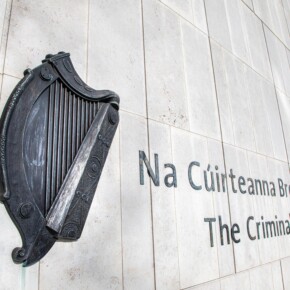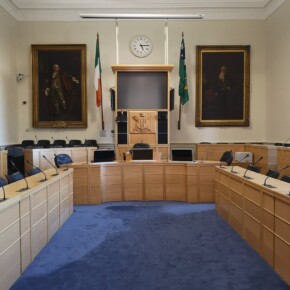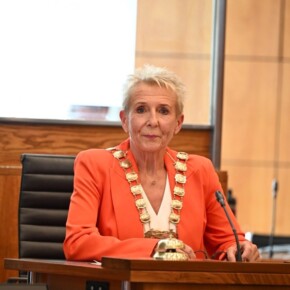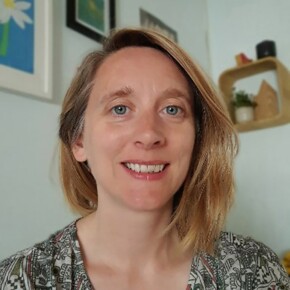Child cruelty case hears explaination couple gave for their child’s injuries did not explain the injuries
Padraig Conlon 27 Oct 2021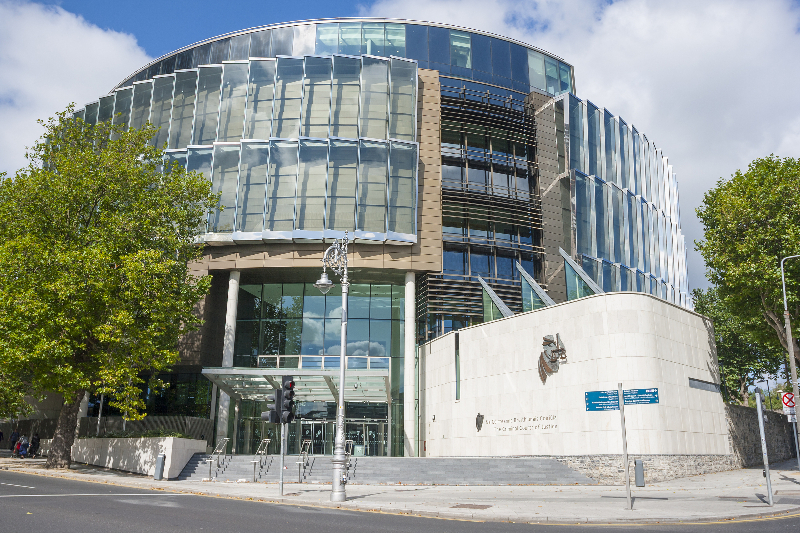
By Declan Brennan
The explanations given by a couple for the life changing head injuries found on the child did not explain the injuries, a doctor has told a child cruelty trial.
A Dublin based 39-year-old man and his 36-year-old wife have pleaded not guilty to two charges of assault causing serious harm and three charges of child cruelty at the family home in Dublin on dates between June 28 and July 2, 2019.
The child was hospitalised with life changing injuries on July 2, 2019.
The parents, who are originally from north Africa, cannot be named to protect the identity of the child.
On day twelve of the trial at Dublin Circuit Criminal Court, Kieron Sweeney, a consultant neurosurgeon, told Anne Rowland SC, prosecuting, that he examined all the medical notes, photographs and medical reports in relation to the child.
He said he was asked to investigate the possible cause of the injury and whether an alleged delay in seeking medical attention would have any impact on the final clinical outcome.
The court has heard that the parents suggested various explanations to medical staff and gardaí for the child’s head injuries, including a fall from a bike two days earlier to a fall in the shower the day of hospitalisation.
Mr Sweeney said that in his opinion the various explanations provided were not consistent with the injuries. He also said the medical reports were suggestive of non-accidental injuries.
He said that a high velocity injury, such as a crash or falling down stairs, was unlikely to be the cause, but there was evidence of “low velocity” blunt force trauma to the head.
With reference to the various lacerations, bruisings and burns, he said that the distribution around the body and the symmetrical pattern made self-harm an unlikely cause. He said that hand dominance means that self-harm is unlikely to be inflicted symmetrically.
He said that he identified a secondary injury caused by the reduction of oxygen supply to the brain which resulted from damage to blood vessels in the brain as a result of the initial trauma. He said this could indicate excessive shaking of the head.
Asked about the impact of allegedly failing to seeking medical attention from the possible first evidence of unconsciousness at 3.30pm until 9.59pm, the medical expert said it was hard to quantify exactly but that “there would be a lot poorer outcome than somebody who receives prompt medical attention”.
He said that there is a golden hour in which it has been shown there is a chance to improve the patient’s situation and that outside of this the majority of people do not benefit from treatment.
He agreed with James Dwyer SC, defending the father, that the secondary injury could have occurred at the same time as the initial trauma and that “delay was possibly not a cause”.
Jennifer Ryan, a forensic scientist, told the court that she examined hairs found in blood on the floor of the family home bathroom. She said they were characteristic of human hair and that the roots were “visibly distorted”.
She said it was her view that the hairs had been pulled from somebody’s head. She said it was not possible to test the hairs for DNA because they were contaminated by the blood.
The trial continues before Judge Martin Nolan and a jury.



